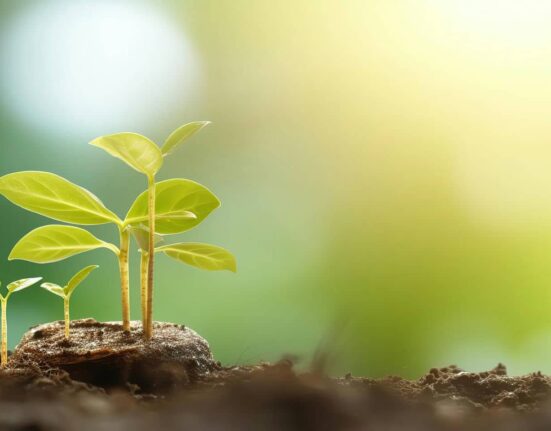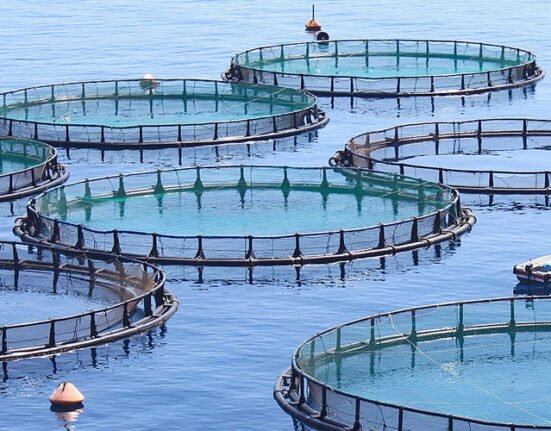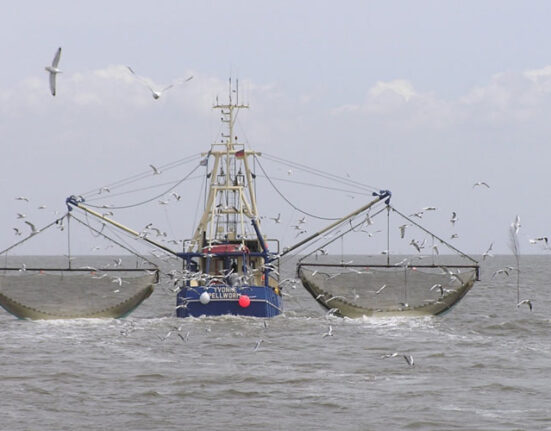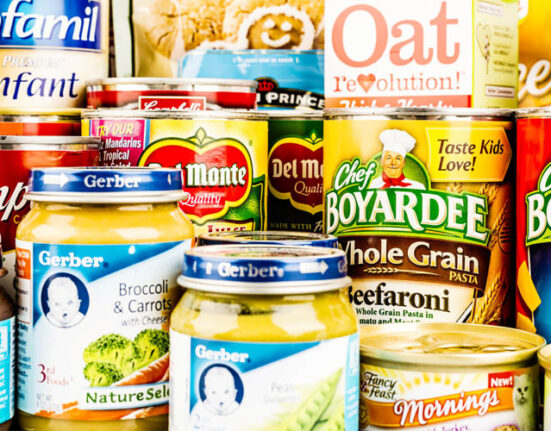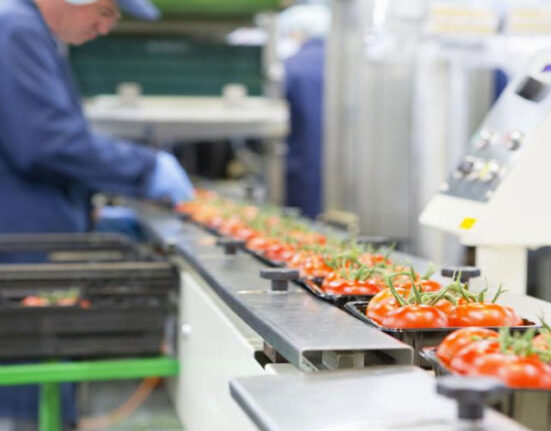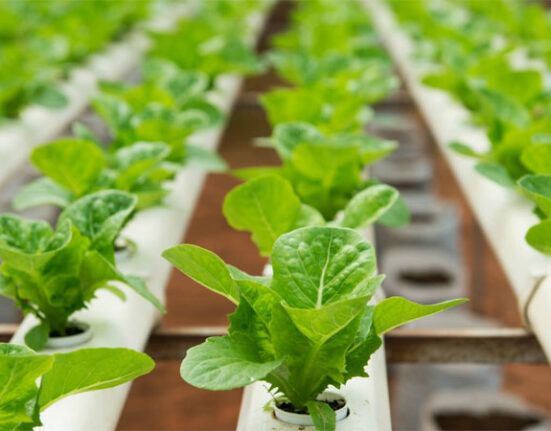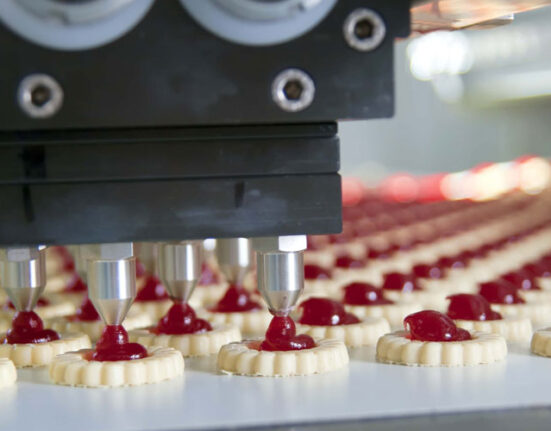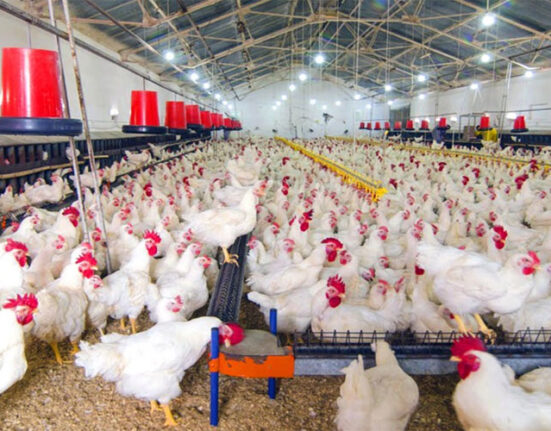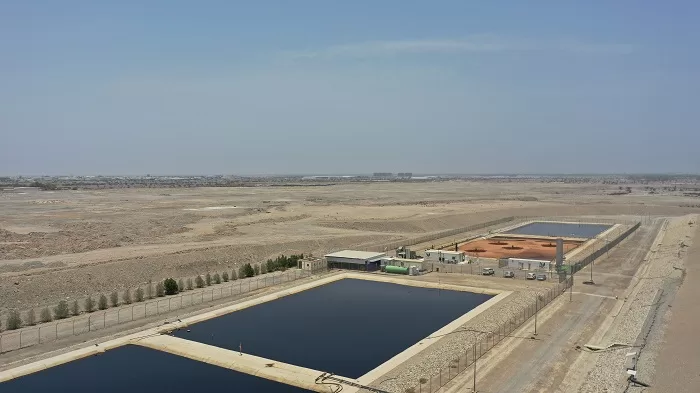Muscat: The Oman Environmental Services Holding Company ‘be’ah’ has commenced operations at its second waste leachate treatment plant at the Barka engineered landfill.
be’ah’s first leachate treatment plant opened in 2016 at its Al Multaqa landfill and was the first such plant in the Gulf region.
Leachate is a concentrated liquid resulting from decomposition of organic materials and is created when waste is compressed in cells of engineered landfills. Leachate contains chemical elements which, if not managed as per health and environmental standards, pose a great threat to the environment like groundwater and air pollution. By applying sustainability principles, leachate can be recycled to produce reusable water for plant cooling, irrigation and cleaning.
The Barka engineered landfill receives an average 1,766 tons of waste daily. Municipal waste brought to the landfill is transferred into insulted cells. Special pumps withdraw leachate from the bottom of the cells into designated tanks. The collected leachate is then treated using globally practiced methods to reduce and avoid environmental and health damage.
Engineer Kadhya bint Nasser Al Hinai, Manager of Landfill Operations, be’ah said: “The leachate treatment plant at the Barka engineered landfill is designed to treat 100 m3 of leachate and produce about 80 m3 i.e. 80,000 litres of limited use water daily, meeting Omani standards.”
Explaining the eventual process in detail, Engineer Kadhya said, “The treatment begins after pumps transfer the leachate into designated tanks inside the plant. Active anaerobic and aerobic bacteria is used to remove organic and non-organic pollutants. In this process, liquefied oxygen is pumped into these tanks to feed and promote bacteria.” This process enables chemical changes in nitrate and ammonia and remove organic and non-organic pollutants from the odor-causing leachate.
She added, “The next step is chemical and physical treatment to remove solid and dissolved substances. During this step, all solids such as salts are removed from the leachate using reverse osmosis, resulting in water which is safe enough to be released into the environment and can be used for irrigating non-fruiting trees, to cool plants and for cleaning. “The water thus derived is not suitable for human use. The rejected substances from the treatment process are returned to the landfill to be recycled and treated”.
Such plants not just reduce pollution and odours resulting from waste dumping, but also significantly contribute towards raising the efficiency of engineered landfills and implementing environmental and health best practices.


